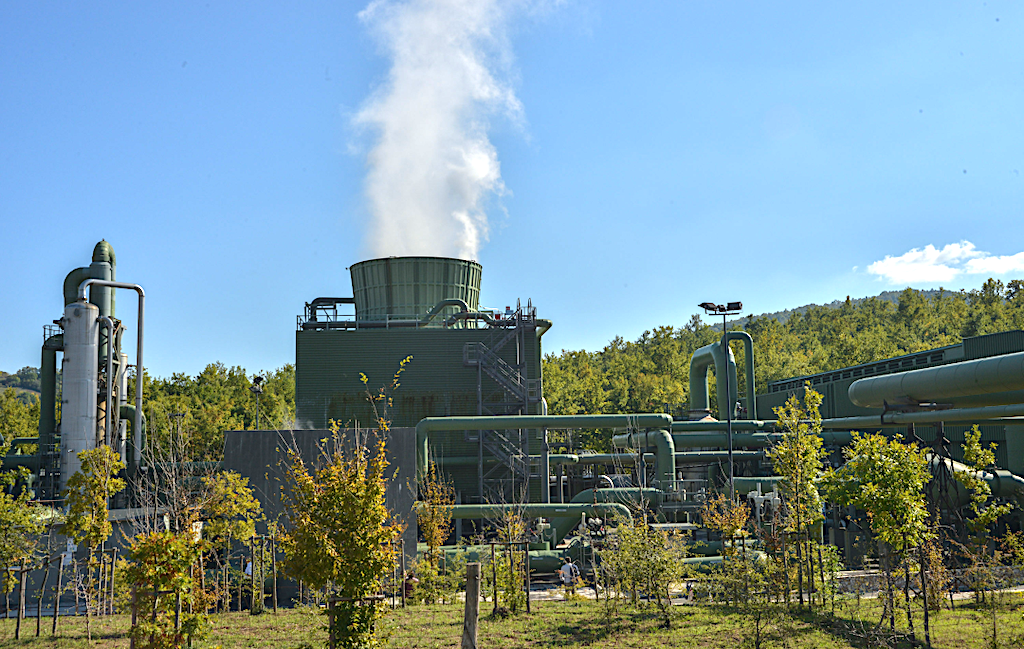
In a new record-setting feat, Enel Green Power generated approximately 119 TWh of renewable energy in 2021. Much of the increase in capacity comes from the 55.4 TWh coming from wind and solar, up by 9 TWh from 2020 figures. Hydroelectric contributed 57 TWh, while the contribution from geothermal is 6 TWh – a relatively small but stable figure.
In the context of national electricity demand, renewables provided 36% of the total requirement of Italy in 2021. This actually represents a reduction from the 38% share of renewable energy in 2020. This “limited increase” is considered problematic for a country like Italy that is heavily dependent on imported gas. The installation of new renewable plants has been held back by a cumbersome bureaucracy and policies in the local and regional government levels.
According to the Green Deal 2030, Italy is targeting a 72% share of renewables on the electricity generation mix. This will provide savings of up to 30 billion euros per year.
The last geothermal plant built in Tuscany was Bagnore 4 from 8 years ago. Despite this stagnation in growth, the geothermal industry is still considered one of the most valuable sources of renewable energy.
In Tuscany, geothermal accounts for 70% of all electricity from renewable sources and supplies over 34% of the region’s electricity demand. It also provides approximately 454 GWh of heating. This is equivalent to about 121,000 tons of CO2 emissions.